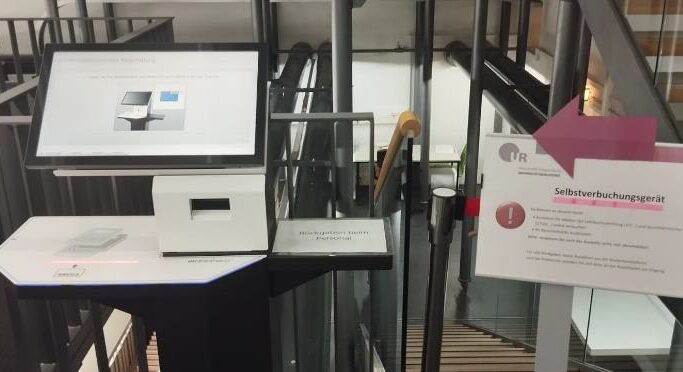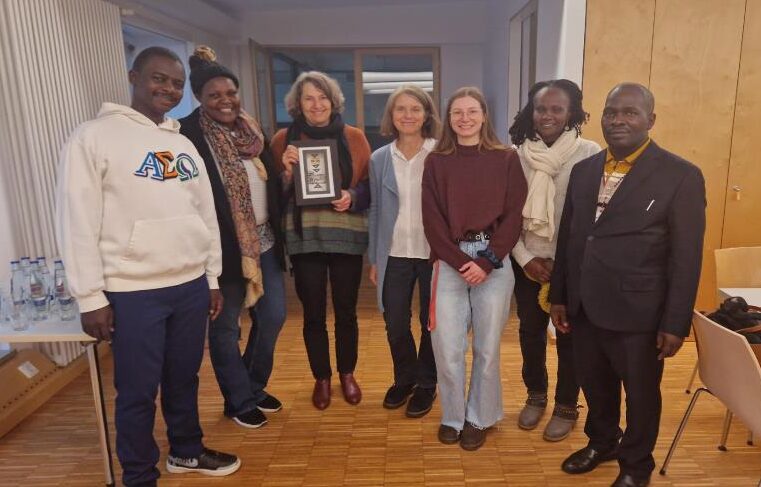Extract:
“University Library Freiburg is one of the largest academic libraries in Europe. It supports the research, teaching and study conducted at the Albert Ludwigs University of Freiburg by providing and imparting literature, other media and information promptly and as needed.
[…]
The holdings in the reading rooms (LS) are distributed across four floors and arranged by subject area. Within this system, the books are systematically sorted into subfields. You can walk along the shelves and pull out newly discovered titles or go to your favourite places to search for something specific. An outline of the books hangs from each shelf unit. Or you can look up the reading room classification system online.
[…]
The special collections include manuscripts, handwritten works, literary remains, old prints, rare books, a small papyrus collection and selected holdings of institutional provenance. The special collections are a combination of older, rare, valuable and protected holdings. They also include late antique papyri and papyrus fragments, medieval and modern manuscripts, handwritten works and literary remains. Incunabula and prints dating back to the 16th and 17th centuries are the main holdings in the “Old prints” section. Then there are the rare books: a selection of historic prints pre-dating 1900 and special modern protected prints.
[…]
The Communication and Information Center (kiz) is a central service provider for the University of Ulm, which, as defined in §28 LHG (University Law of the State of Baden-Württemberg), was established to maintain a literature collection that supports the study, teaching, and research needs of the University community as well as to handle the planning, management, operation, and maintenance of the University’s ICT resources.”
The whole report is available to be read in its entirety here.





